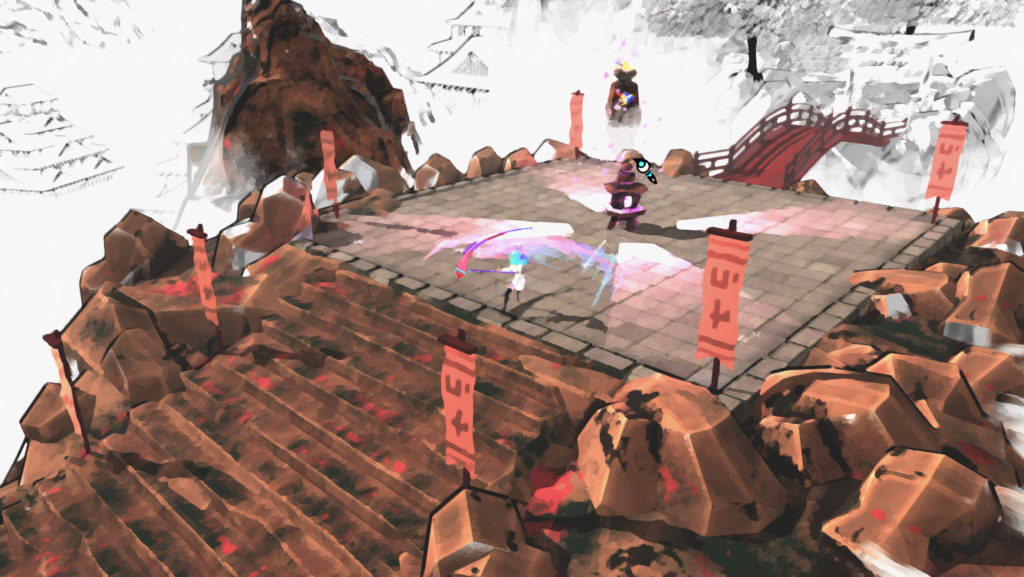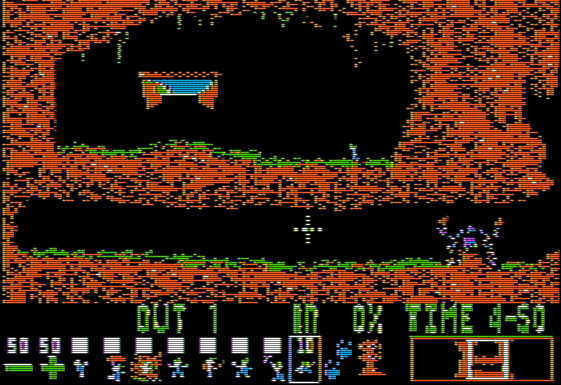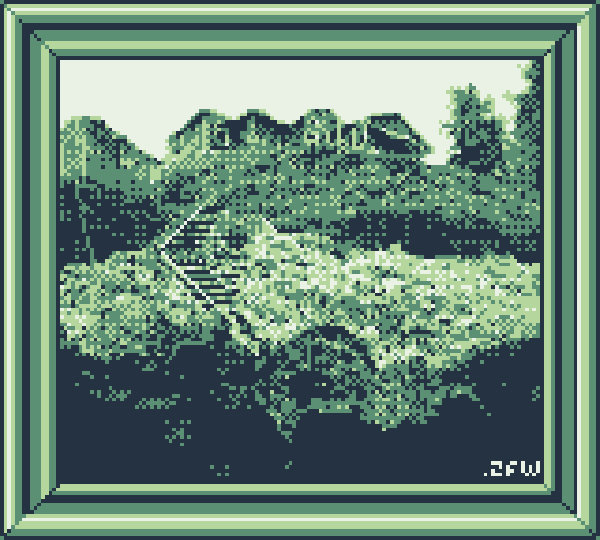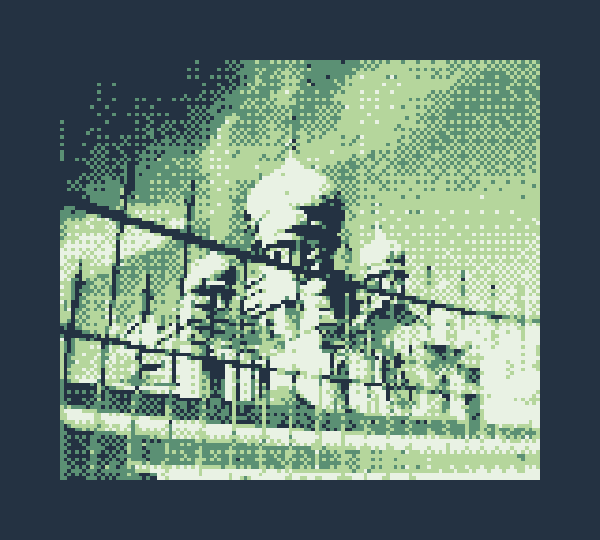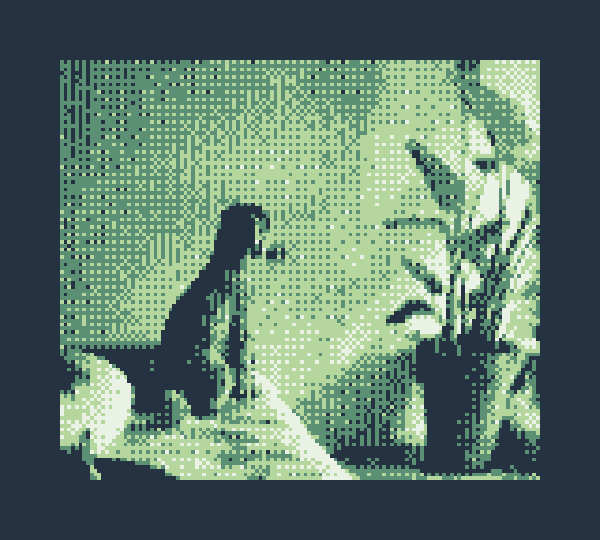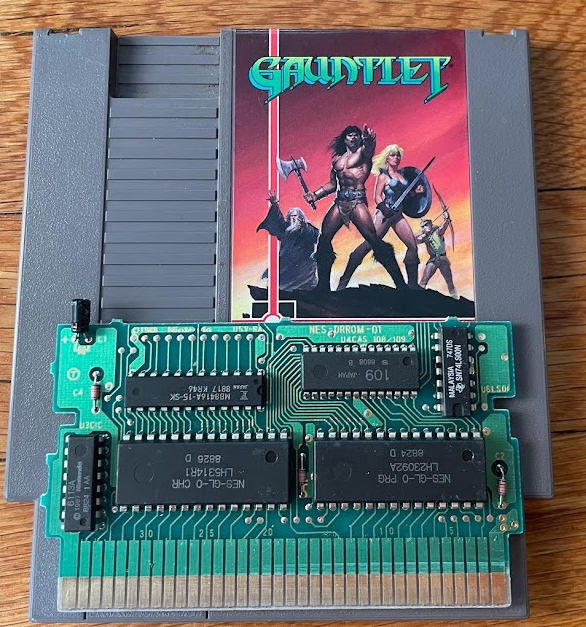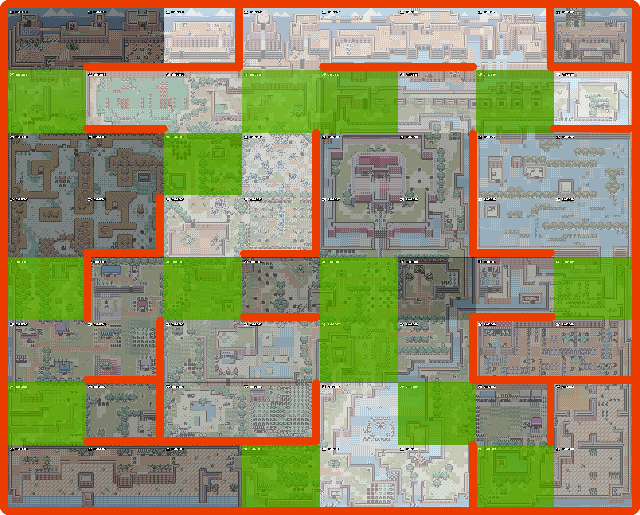
“We scour the Earth web for indie, retro, and niche gaming news so you don’t have to, drebnar drebnar!” – your faithful reporter
Gavin Lane of Nintendo Life: Playnote gets a Flipnote Studio-style art app.
Jay Peters of The Verge, also on Playnote. Its makers wonder if its seasonal distribution model will be appreciated by purchasers of its becranked yellow joybox.
Ollie Reynolds of Nintendo Life: UbiSoft to shut down server support for a number of older titles.
Florence Ion (cool name!) of Gizmodo: Google Play is getting data safety settings.
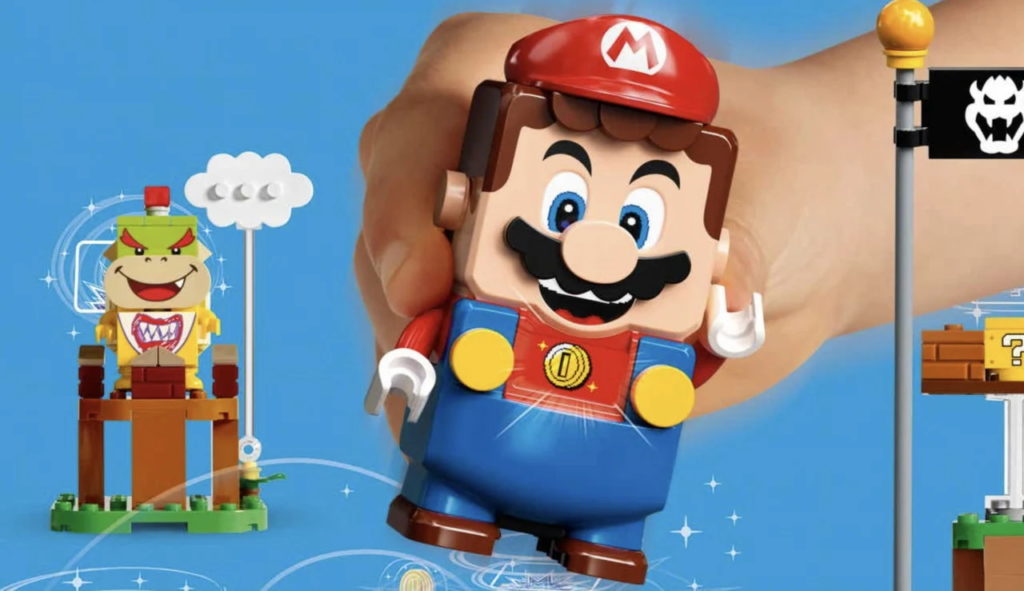
Ollie Reynolds of Nintendo Life, again: Lego to release a huge new Super Mario set.
Thomas Whitehead of Nintendo Life (lot of items from them today): Game Freak to offer employees option of four-day workweek. Awesome!
Wes Finlon of PC Gamer: Moneyfarm Square-Enix unveils a new $11,600 statue of Terra from Final Fantasy VI riding Magitech armor that caused series creator Hironobu Sakaguchi to basically go WTF. Remember, back when he designed the first game in the series, Square was facing issues whether their little game development operation could survive.
“Master Blaster,” if that is their name, at Sora News 24, on Sega trying to bring eSports into Japanese high schools with a Puyo Puyo Boot Camp. “Listen up maggots, you’re going to spend the next hour setting up combos and fighting Draco Centauros until you get it right and I don’t want no backtalk or I’ll bust you down to facing Nohoho again!”
Rhys Wood of TechRadar: An Elden Ring demake for Game Boy is in the works.
Luke Plunkett of Kotaku: Super Mario movie delayed, Miyamoto promises it’ll be worth the wait. Aww, it’s just like that apocryphal quote often attributed to him. This reporter is overjoyed, the last one ended on that cliffhanger, Daisy was back from Dinohattan and needed Mario and Luigi’s help again, no doubt because of some scheme hatched by Koopa. I wonder how they’ll manage to bring Dennis Hopper back from the dead to reprise his role?
Alana Hauges, also from Nintendo Life: Sega plans to delist classic games from some platforms (but not Switch) in anticipation of the release of Sonic Origins.
And Ryan Dinsdale of IGN tells us Sony is creating a game preservation team, of which this reporter can only say, IT’S ABOUT FREAKING TIME.

